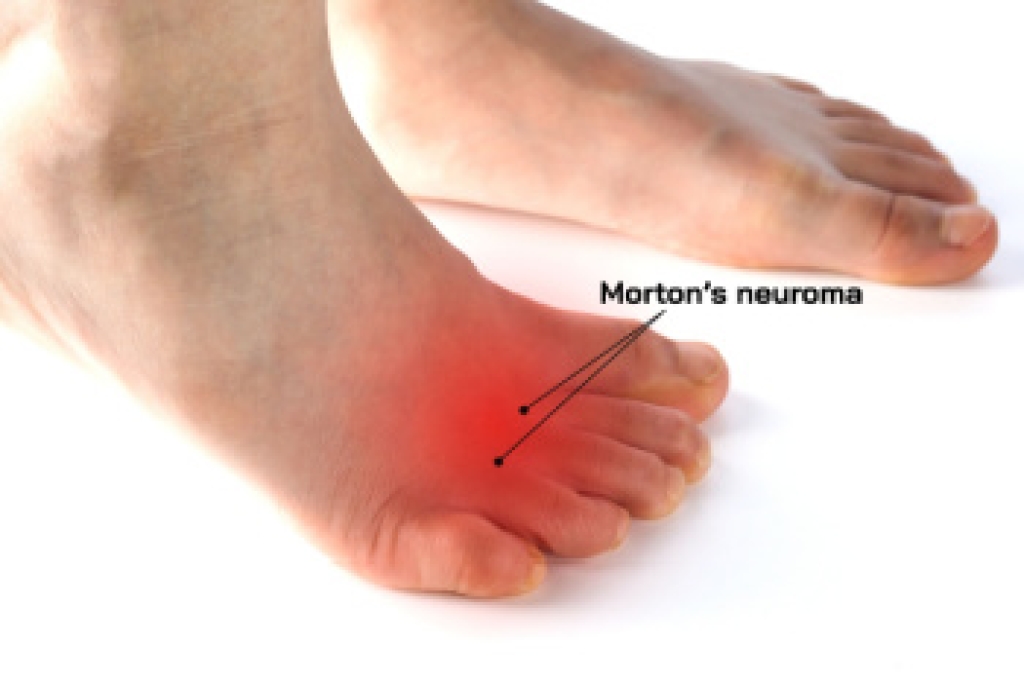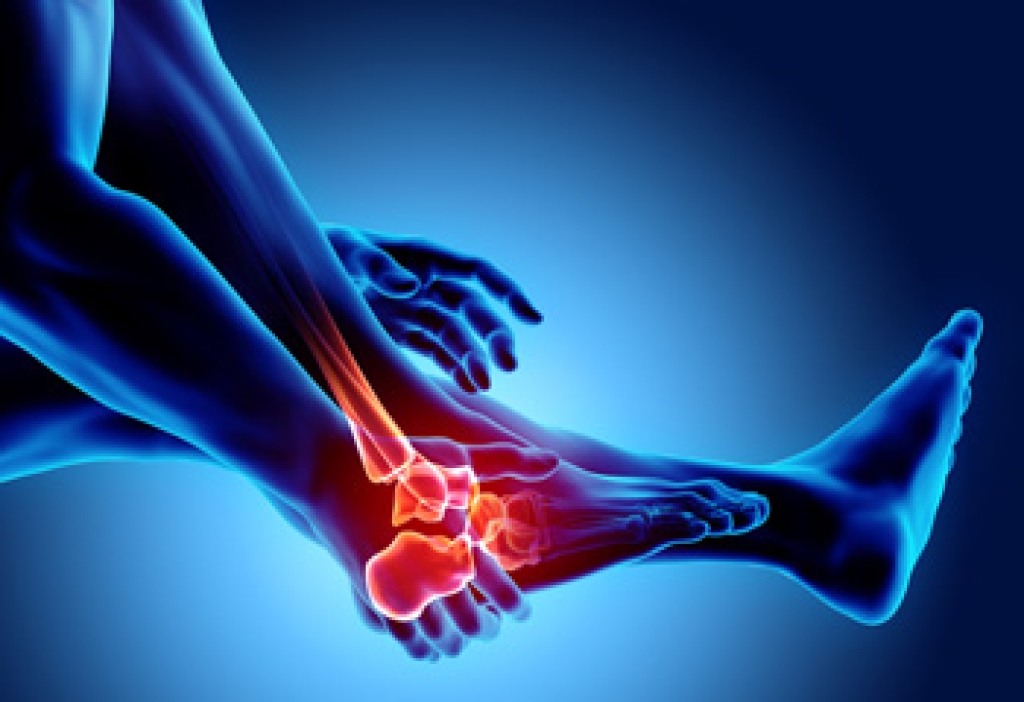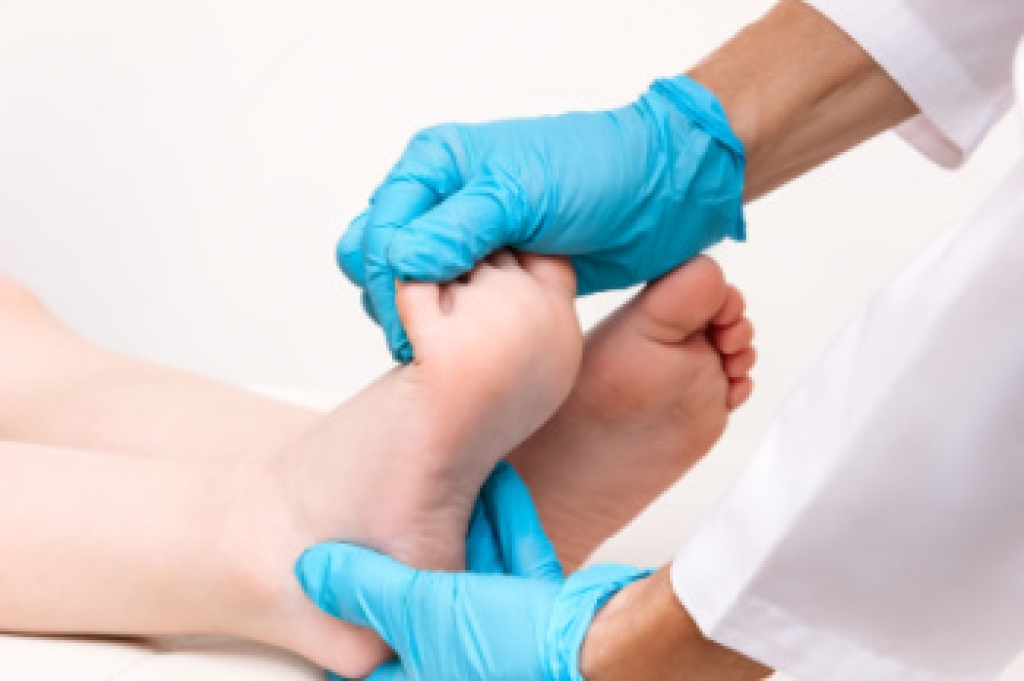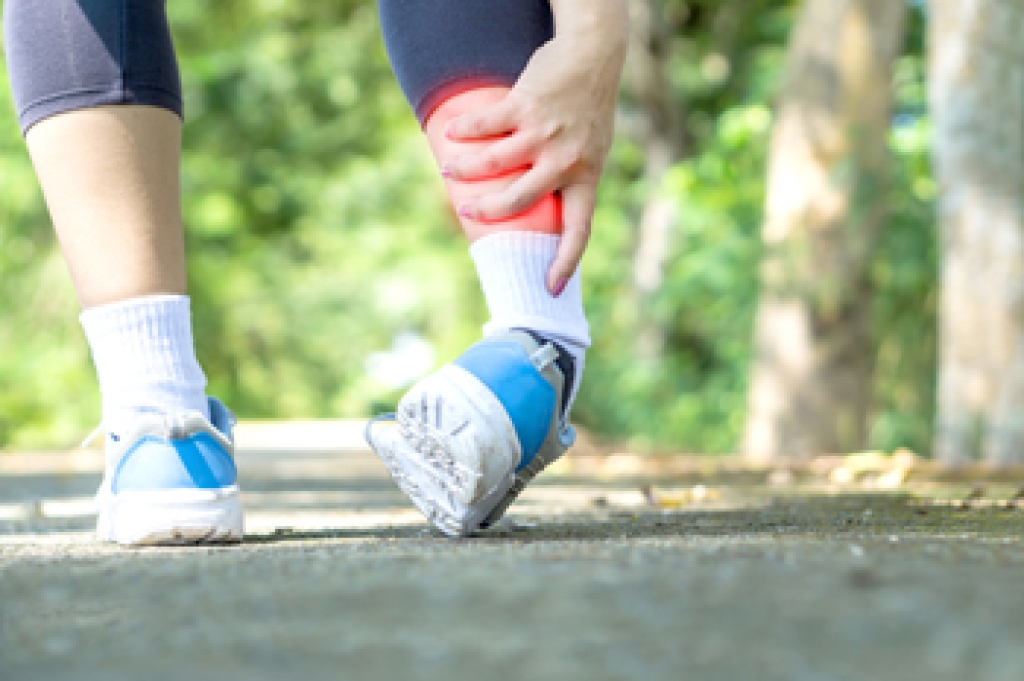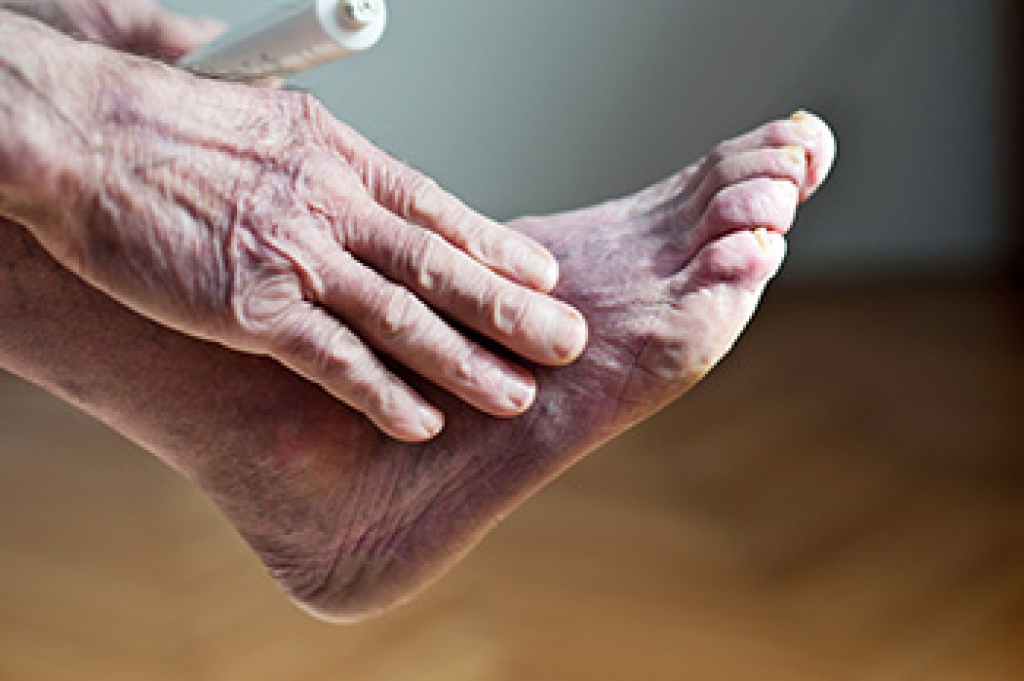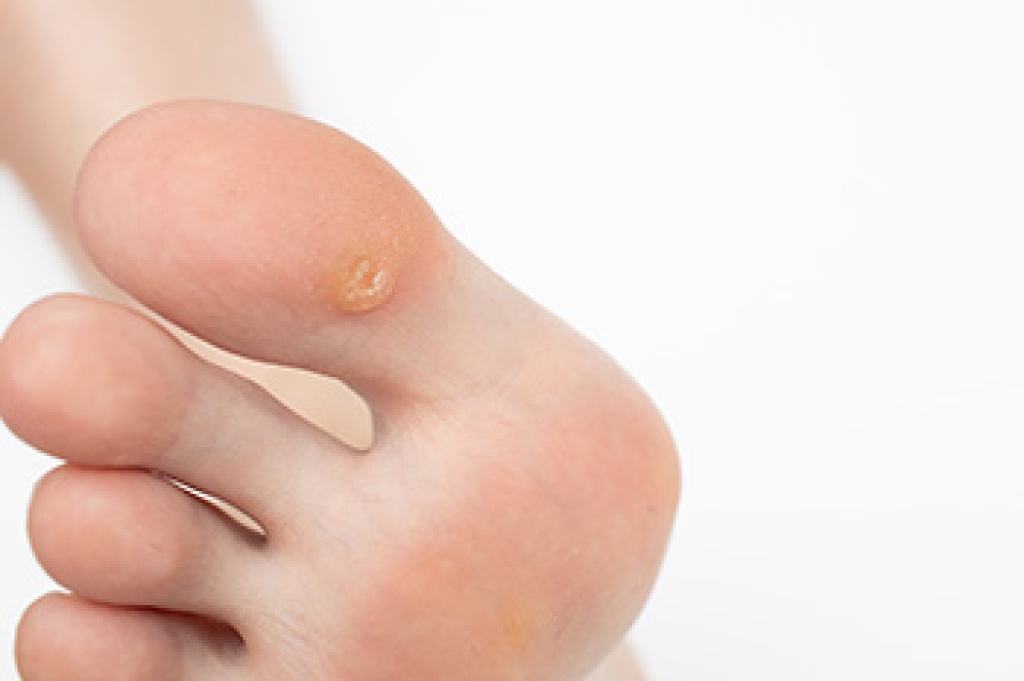
Plantar warts are small growths that develop on the bottom of the feet, often on the heels or toes, where pressure and friction occur. They are caused by the human papillomavirus, which enters the skin through tiny cuts or breaks. These warts may appear as rough, grainy bumps with black pinpoints and can cause pain or discomfort when walking or standing. Because they can spread or become persistent, professional care is important. A podiatrist can accurately diagnose plantar warts, remove them safely, and provide treatment to prevent recurrence. If you have pain or notice unusual spots on your heels or toes, it is suggested that you consult a podiatrist for an expert evaluation and appropriate treatment solutions.
Plantar warts can be very uncomfortable. If you need your feet checked, contact Kellvan Cheng, DPM from Elite Foot & Ankle. Our doctor will assist you with all of your foot and ankle needs.
About Plantar Warts
Plantar warts are the result of HPV, or human papillomavirus, getting into open wounds on the feet. They are mostly found on the heels or balls of the feet.
While plantar warts are generally harmless, those experiencing excessive pain or those suffering from diabetes or a compromised immune system require immediate medical care. Plantar warts are easily diagnosed, usually through scraping off a bit of rough skin or by getting a biopsy.
Symptoms
- Lesions on the bottom of your feet, usually rough and grainy
- Hard or thick callused spots
- Wart seeds, which are small clotted blood vessels that look like little black spots
- Pain, discomfort, or tenderness of your feet when walking or standing
Treatment
- Freezing
- Electric tool removal
- Laser Treatment
- Topical Creams (prescription only)
- Over-the-counter medications
To help prevent developing plantar warts, avoid walking barefoot over abrasive surfaces that can cause cuts or wounds for HPV to get into. Avoiding direct contact with other warts, as well as not picking or rubbing existing warts, can help prevent the further spread of plantar warts. However, if you think you have developed plantar warts, speak to your podiatrist. He or she can diagnose the warts on your feet and recommend the appropriate treatment options.
If you have any questions, please feel free to contact our office located in Carrollton, TX . We offer the newest diagnostic and treatment technologies for all your foot care needs.

